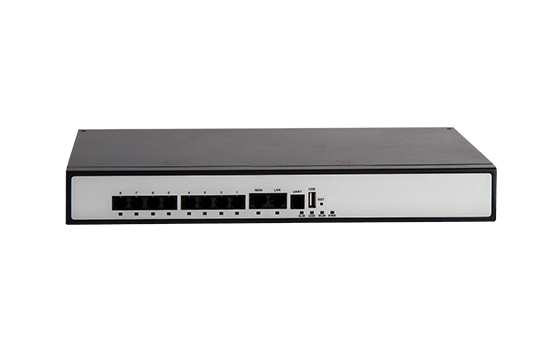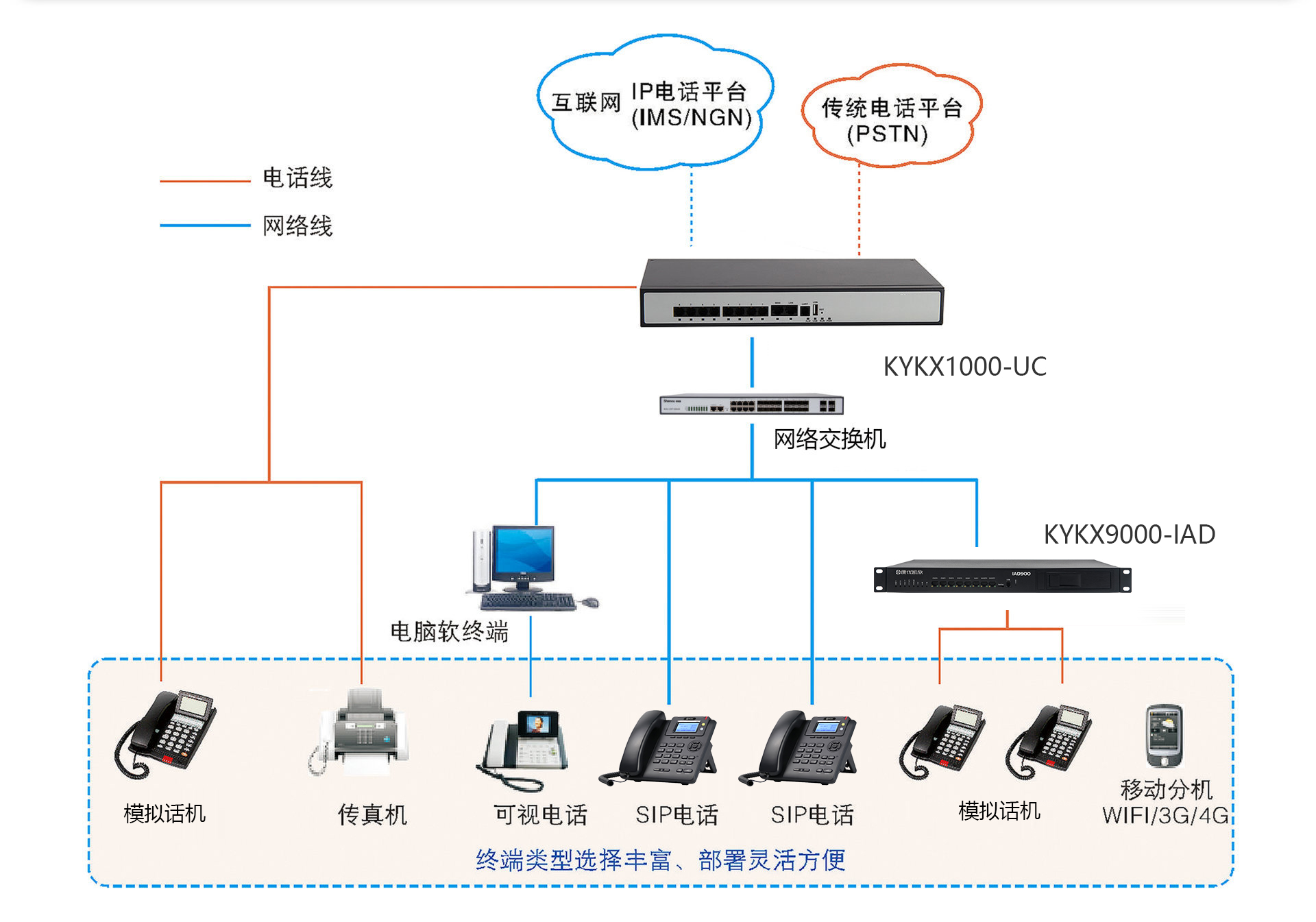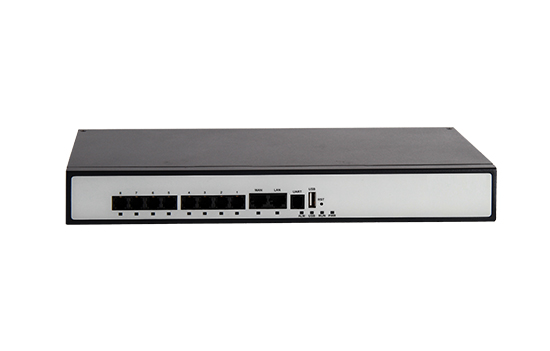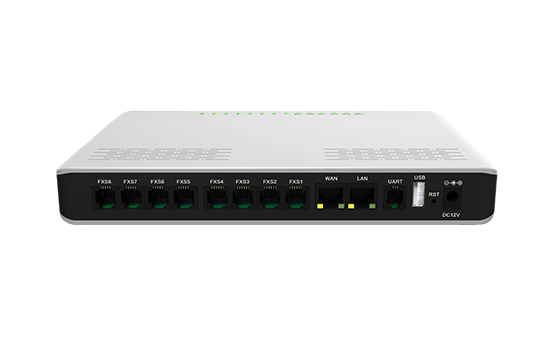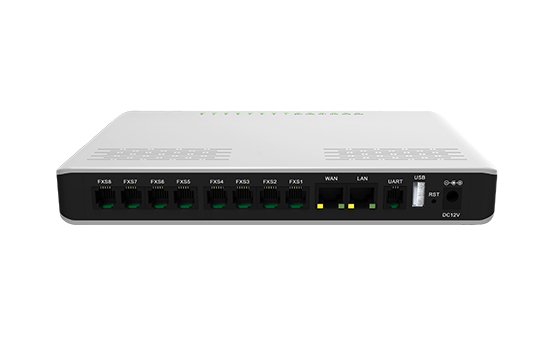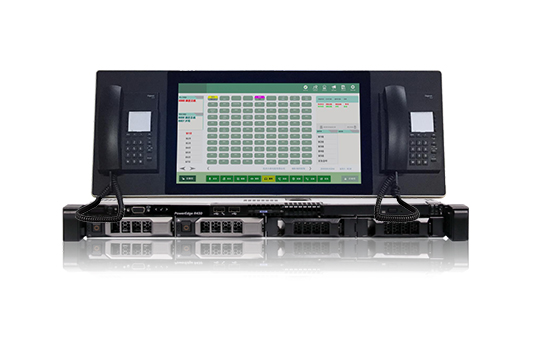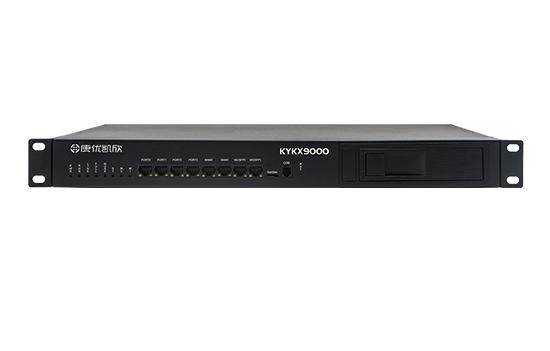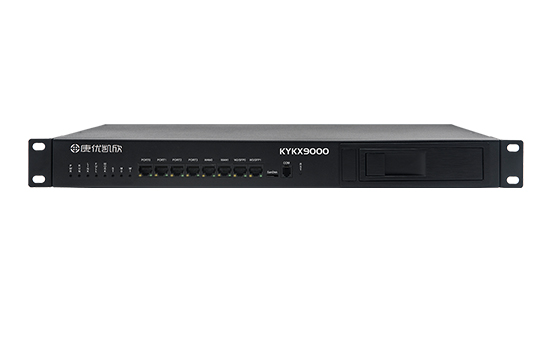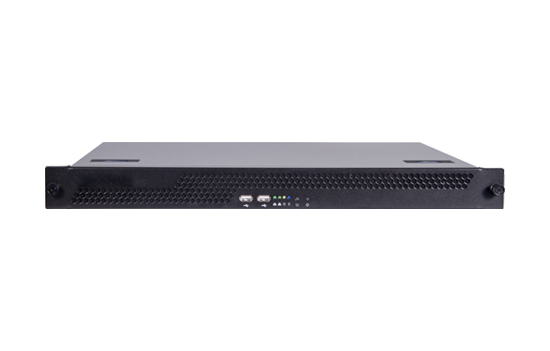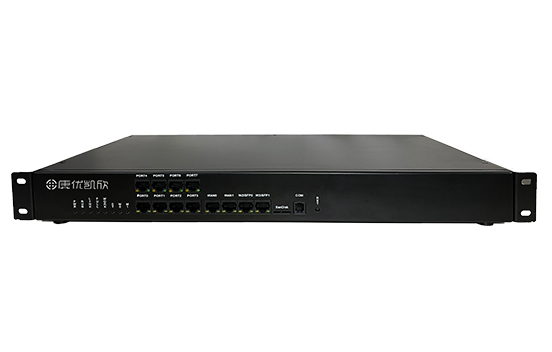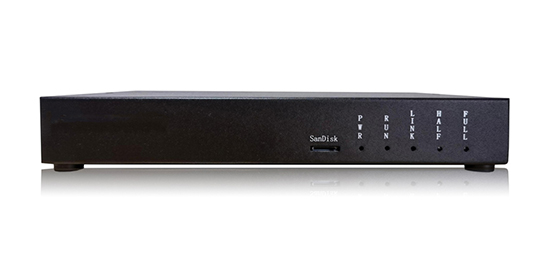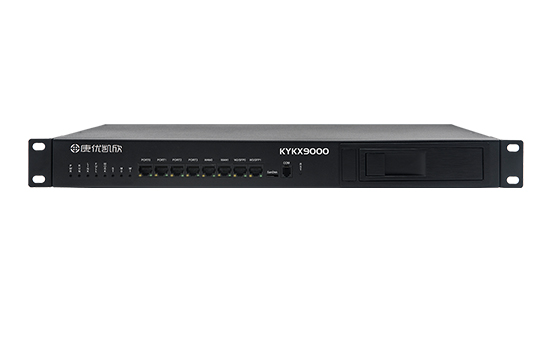System Performance: The system is equipped with a 1GHz high-performance processor, up to 512M memory, and a dedicated FPGA chip to ensure system stability.
No License Required: All functions can be used without a license, eliminating users' concerns about secondary cost investment.
Seamless Networking: Supports local/remote networking with IPPBX via the Internet, enabling zero-cost calls between local and remote extensions.
Multi-terminal & Multi-scenario Integration: It allows access to multiple terminals such as analog phones, IP phones, IP video phones, computer soft clients, mobile clients, and IADs. Communication can be carried out anytime and anywhere, whether in the office, conference room, on a business trip, at home, or at the customer's site.
Analog Users: Analog users connected to ordinary phones support reverse polarity signals and caller ID; analog external lines connected to traditional telephone networks support busy tone detection; in case of device power failure, analog users can still make calls through the escape port.
External Line to External Line (DISA): When employees are on a business trip, they first call the company's PBX from outside, then make outgoing calls to relevant customers through the PBX, and the customers will see the company's unified number.
Busy Lamp Field (BLF): IP phones can subscribe to information of other extensions, making the busy or idle status of extensions clearly visible. Meanwhile, the multi-function keys of IP phones can realize one-click call pickup.
Voice Mail: If the phone is unanswered, offline, or busy, calls can be transferred to the voice mail box, and the messages can be sent to users via email.
Ring Group: Multiple extensions can be set as a ring group. When a customer calls in, the call can be automatically distributed to extensions, with optional modes such as group ringing, round-robin selection, and random selection.
Trunk Backup: When the SIP trunk number is invalid, it will automatically switch to the standby analog trunk or other SIP numbers for outgoing calls; conversely, if the analog trunk line is disconnected, it can automatically switch to the SIP trunk for outgoing calls.
Intelligent Routing: According to the long-distance and local calls made by users, it intelligently distributes analog trunks or SIP trunks for outgoing calls.
Waiting Queue: Agent numbers will answer the incoming calls in the order of the waiting queue.
Teleconference: Local extensions, remote extensions, and external numbers can join the conference room anytime and anywhere.
Call Recording: One-click recording allows you to record extensions and trunks whenever you want, without missing any call. It supports multiple recording methods, USB mobile storage devices to expand recording capacity, unified web management, and remote online query and playback of recordings.
Firewall: The basic firewall resists conventional network attacks; IP address filtering resists attacks from custom sources; the application firewall resists registration and call attacks of the SIP protocol.
System Management: It adopts web management for operation, which is convenient and fast. System alarm email notifications keep you informed of device information in a timely manner.
Interactive Voice Response (IVR): Multi-level menu-style voice navigation prompts, with flexibly designed voice prompt content, help enterprises improve service efficiency, enhance corporate image, and achieve more professional services.
Extension Follow-me: User extensions can be bound to mobile phones, landlines, or other extensions. When the user cannot be reached, the bound numbers will continue to be called.
VPN: Supports OpenVPN, which adopts a secure point-to-point or site-to-site connection solution with SSL/TLS secure encryption.
